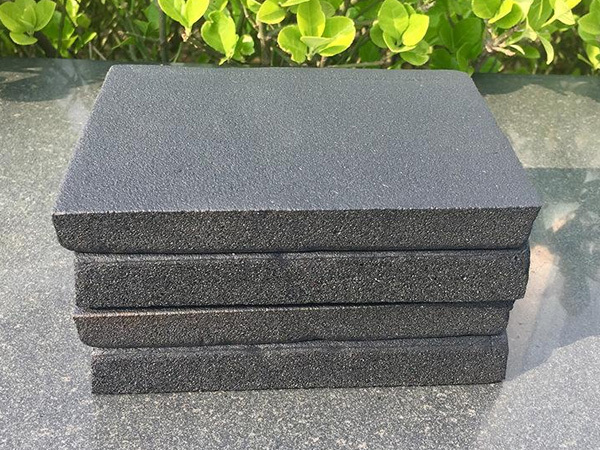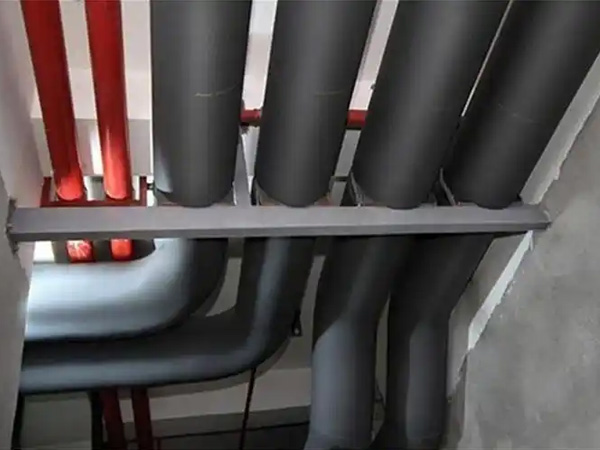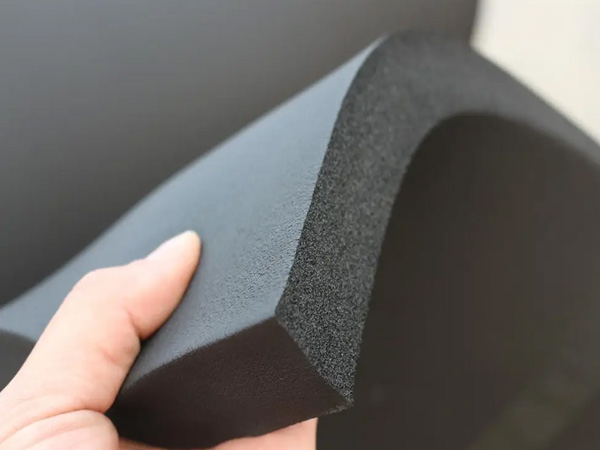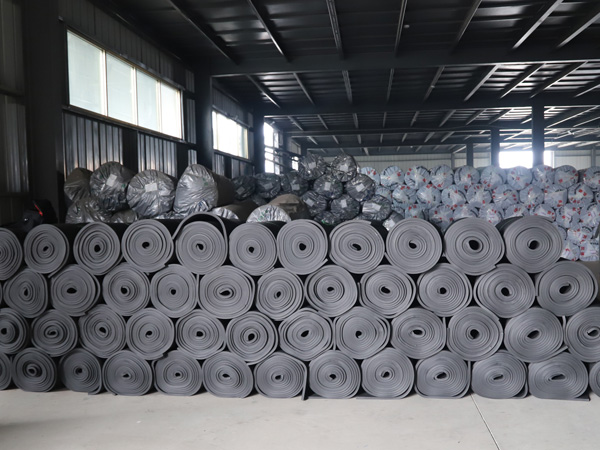Corrosion Challenges and Solutions for Phenolic Foam Boards in Coastal/Salty Environments
2025-06-18 15:01:47
Corrosion Challenges and Solutions for Phenolic Foam Boards in Coastal/Salty Environments
Phenolic foam insulation boards face accelerated degradation in coastal areas due to salt-laden air, high humidity, and UV exposure. Below is a detailed breakdown of key corrosion-related issues and mitigation strategies.
1. Primary Corrosion Mechanisms
(1) Metal Fastener Degradation
Galvanic Corrosion: When phenolic boards contact untreated metals (e.g., steel fasteners, aluminum cladding), saltwater accelerates electrochemical reactions, leading to:
Rust formation, weakening structural attachments.
Loosening of screws/anchors, risking panel detachment.
Crevice Corrosion: Salt deposits trapped between foam and metal surfaces create localized pitting.
(2) Foam Surface Erosion
Salt Crystal Expansion: Repeated saltwater wetting/drying cycles cause crystalline salt buildup within the foam’s pores, leading to:
Surface spalling or flaking.
Reduced thermal performance due to increased porosity.
UV Synergy: Coastal sunlight degrades unprotected phenolic surfaces, exacerbating salt penetration.
(3) Adhesive/Sealant Failure
Chloride Attack: Salt infiltrates adhesive joints, breaking down polymer bonds (e.g., silicone, polyurethane).
Brittleness: Sealants lose flexibility in salty conditions, cracking under thermal movement.
2. Critical Solutions for Coastal Applications
(1) Material Selection
Corrosion-Resistant Fasteners: Use stainless steel (AISI 316), hot-dip galvanized steel, or composite materials.
Closed-Cell Phenolic Foam: Minimizes saltwater absorption; opt for foil-faced variants for added barrier protection.
Salt-Tolerant Adhesives: Epoxy-based or MS Polymer sealants resist chloride ingress.
(2) Protective Measures
Anti-Corrosion Coatings: Apply zinc-rich primers or fluoropolymer paints on metal components.
Vapor Barriers: Install marine-grade membranes (e.g., polyethylene/aluminum laminates) to block salt-laden air.
Edge Sealing: Seal all board edges/cut surfaces with fluid-applied membranes (e.g., elastomeric coatings).
(3) Design Adaptations
Avoid Metal-to-Foam Direct Contact: Use plastic spacers or isolation tapes to prevent galvanic corrosion.
Drainage Provisions: Slope cladding systems to prevent saltwater pooling.
Sacrificial Layers: In extreme environments, consider fiberglass-reinforced phenolic boards for added durability.
3. Maintenance & Monitoring
Routine Cleaning: Rinse surfaces with freshwater to remove salt deposits.
Biannual Inspections: Check for rust stains, fastener integrity, and sealant cracks.
Accelerated Testing: Pre-deployment salt spray tests (per ASTM B117) to validate material performance.
For projects in typhoon-prone regions, prioritize impact-resistant coatings to withstand saltwater-driven debris.

OurFlame Retardant Rubber Foamis a premium closed-cell elastomeric insulation material engi...

OurRubber Pipe Insulationis a high-performance solution designed specifically for HVAC pipi...

Rubber Foam Insulation Sheet – Product Introduction Premium Flexible Insulation for Therm...

Specially engineered for refrigeration applications, ourElastomeric Rubber Insulationprovid...



